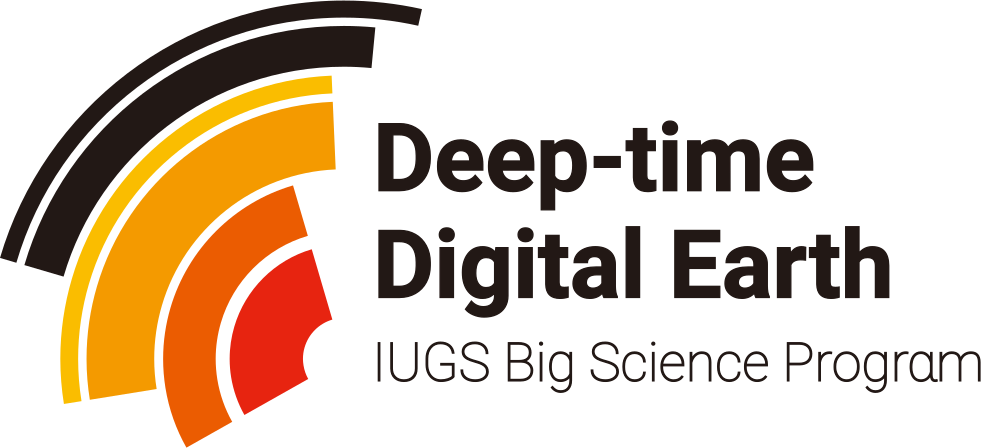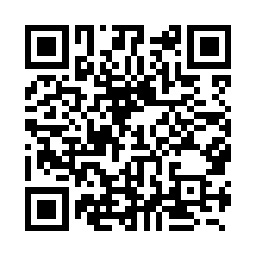
Electronic toll collection

Electronic toll collection (ETC) aims to eliminate the delay on toll roads, HOV lanes, toll bridges, and toll tunnels by collecting tolls without cash and without requiring cars to stop. Electronic toll booths may operate alongside cash lanes so that drivers who do not have transponders can pay a cashier or throw coins into a receptacle. With cashless tolling, cars without transponders are either excluded or pay by plate – a bill may be mailed to the address where the car's license plate number is registered, or drivers may have a certain amount of time to pay with a credit card by phone. Open road tolling is a popular form of cashless tolling without toll booths; cars pass electronic readers even at highway speeds without the safety hazard and traffic bottlenecks created by having to slow down to go through an automated toll booth lane. Transponders are used to facilitate micropayments from drivers who have typically signed up in advance and loaded money into a declining-balance account which is debited each time they pass a toll point. License plate readers and sensors can be used to detect cars which are evading tolls or which are wanted by law enforcement for other reasons. Electronic tolling is cheaper than a staffed booth, reducing transaction costs for government agencies or private road owners recouping construction or maintenance costs or deriving revenue from a toll road. The ease of varying the amount of the toll and the ability to charge drivers without building a toll booth also makes it easy to implement road congestion pricing, including for high-occupancy lanes, toll lanes that bypass congestion, and city-wide congestion charges. In 1959, Nobel Economics Prize winner William Vickrey was the first to propose a system of electronic tolling for the Washington Metropolitan Area. He proposed that each car would be equipped with a transponder: 'The transponder's personalised signal would be picked up when the car passed through an intersection, and then relayed to a central computer which would calculate the charge according to the intersection and the time of day and add it to the car’s bill.' In the 1960s and the 1970s, free flow tolling was tested with fixed transponders at the undersides of the vehicles and readers, which were located under the surface of the highway. Modern toll transponders are typically mounted under the windshield, with readers located in overhead gantries. Italy has been the first country in the world to deploy a full ETC in motorways at national scale in 1989. Telepass, the brand name of the ETC belonging to Autostrade S.p.A. now Autostrade per l'Italia, was designed by Dr. Eng Pierluigi Ceseri and Dr. Eng. Mario Alvisi and included a full operational real time Classification of Vehicles and Enforcement via cameras interconnected with the PRA (Public Register of Automobiles) via a network of more than 3.000 Km. optical fibers. Telepass introduced the concept of ETC Interoperability because interconnected 24 different Italian motorway operators allowing users to travel between different concession areas and paying only at the end of the journey. Dr. Eng. Mario Alvisi is considered the father of ETC in motorways because not only co-designed Telepass but was able to make it the first standardized operating ETC system in the world as European standard in 1996. He acted as a consultant for deployment of ETC in many countries including Japan, United States, Brazil. In Japan, only the ETC System was constructed in all of the controlled-access expressways in 2001. By 2019, 92% of drivers are using ETC. Norway has been the world's pioneer in the widespread implementation of this technology. ETC was first introduced in Bergen, in 1986, operating together with traditional tollbooths. In 1991, Trondheim introduced the world's first use of completely unaided full-speed electronic tolling. Norway now has 25 toll roads operating with electronic fee collection (EFC), as the Norwegian technology is called (see AutoPASS). In 1995, Portugal became the first country to apply a single, universal system to all tolls in the country, the Via Verde, which can also be used in parking lots and gas stations. The United States is another country with widespread use of ETC in several states, though many U.S. toll roads maintain the option of manual collection. In some urban settings, automated gates are in use in electronic-toll lanes, with 5 mph (8 km/h) legal limits on speed; in other settings, 20 mph (35 km/h) legal limits are not uncommon. However, in other areas such as the Garden State Parkway in New Jersey, and at various locations in California, Florida, Pennsylvania, Delaware, and Texas, cars can travel through electronic lanes at full speed. Illinois' Open Road Tolling program features 274 contiguous miles of barrier-free roadways, where I-PASS or E-ZPass users continue to travel at highway speeds through toll plazas, while cash payers pull off the main roadway to pay at tollbooths. Currently over 80% of Illinois' 1.4 million daily drivers use an I-PASS.


